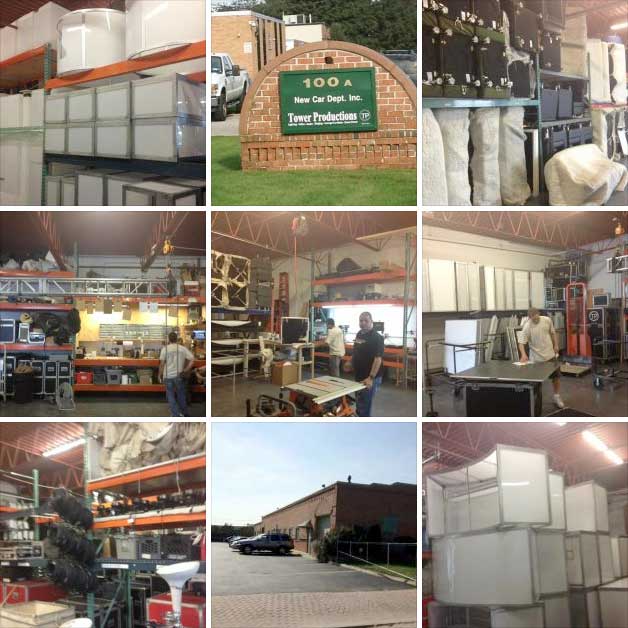Highlighting the Impact of Illumination Methods on the Art of Film Projection Mapping Techniques
Highlighting the Impact of Illumination Methods on the Art of Film Projection Mapping Techniques
Blog Article
Video mapping projection is an innovative art medium that combines technology and innovation to convert common surfaces into extraordinary sight displays. This technique entails projecting images and footage onto three-dimensional elements, such as structures, sculptures, or platforms. One of the key crucial factors in producing successful mapping is the use of efficient lighting techniques. Proper illumination enhances the aesthetic elements of the display and ensures that the visuals are clear and captivating. This piece examines the impact of illumination techniques on motion projection and how they can elevate the complete experience.
Illumination plays a vital role in video projection because it establishes the atmosphere and feel of the display. Different lighting techniques can evoke various feelings and responses from the viewers. For example, using soft, warm lights can create a welcoming environment, while vivid, cold lights may produce a more energetic or intense impact. By thoughtfully choosing illumination hues and brightness, creators can influence how viewers interpret the displayed visuals, leading to a more engaging encounter. The balance between projection brightness and surrounding illumination is essential, as it can significantly affect the visibility and impact of the visuals.
In addition, color and intensity, the direction of light also affects the efficacy of mapping. Illumination from different directions can generate contrast and accents that introduce dimension to the mapped images. This method, known as light and shadow, can improve the 3D quality of the subjects being projected. Furthermore, using dynamic the original source illumination can introduce energy to the exhibit, making the encounter more engaging for the viewers. When the illumination collides with the mapped visuals, it can create an illusion of movement and transformation, capturing the viewers' attention.
Another essential aspect of lighting in projection in the use of special effects. Techniques such as gobo lighting, which uses patterns and shapes to filter light, can add texture and complexity to the projections. This method allows artists to layer visuals and produce aesthetically stunning effects that complement the mapping. Additionally, incorporating lasers click now or light-emitting diode illumination can additionally improve the exhibit, providing a distinct mix of sight elements that draw the audience in. These special features, when used carefully, can transform the mapping into a simple show to an immersive work of art.
In conclusion, the impact of illumination methods on motion mapping is profound. By comprehending how different lighting components interact with mapped images, artists can produce captivating encounters that resonate with viewers. The thoughtful selection of hue, intensity, direction, and special effects enables for a rich canvas of visual narrative. As tech continues to evolve, the possibilities for creative showcasing in projection will only grow, making illumination an ever-important aspect in this innovative creative medium.